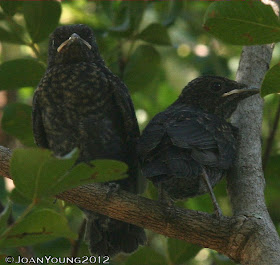Family Salticidae
This spider was very small and what I found most interesting was the way it holds its legs. The front three seem to look like one at times.
I am told that they use various means to get into the webs of other spiders which they then eat.
ID confirmation: Ansie Dippenaar-Schoeman























































